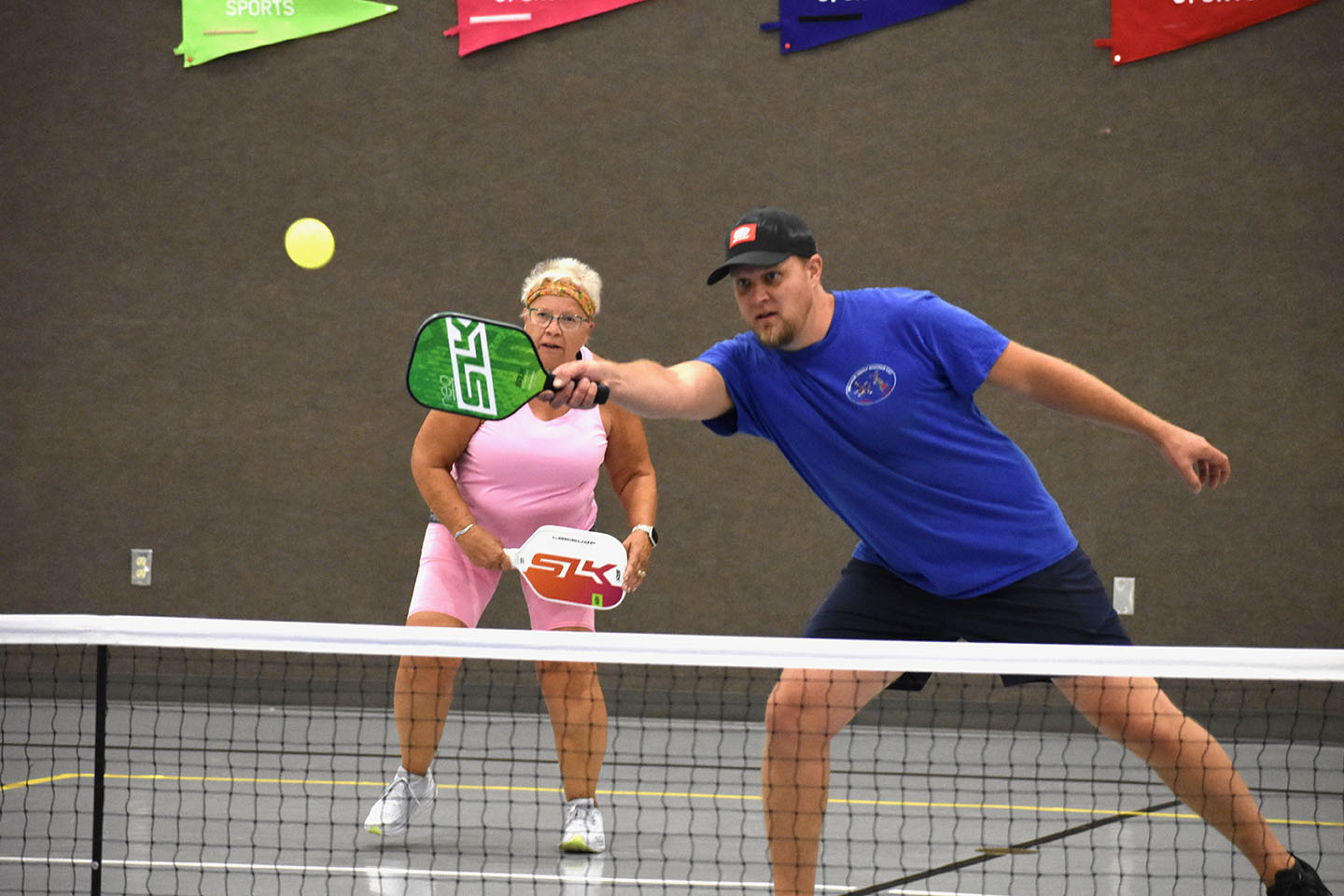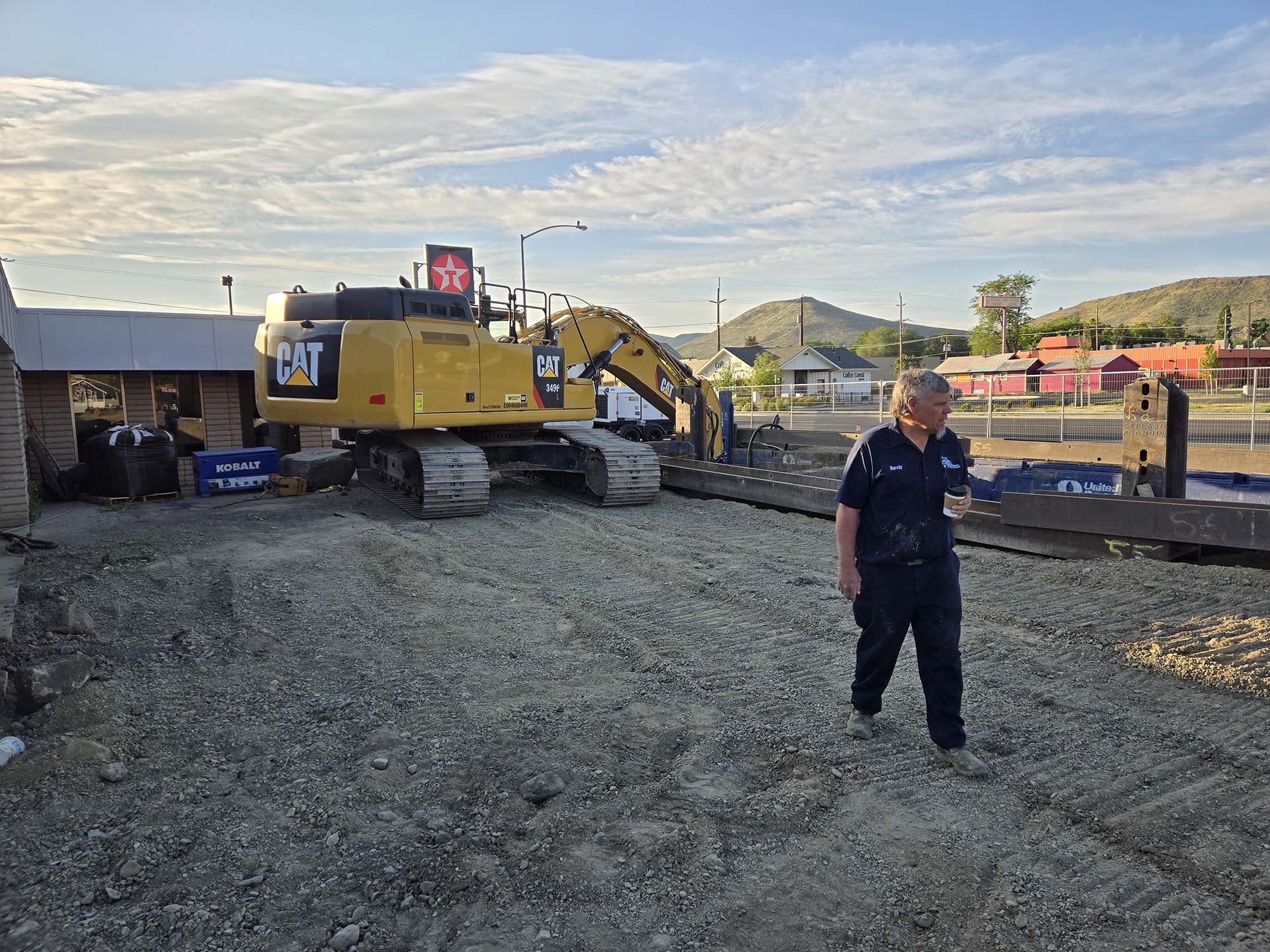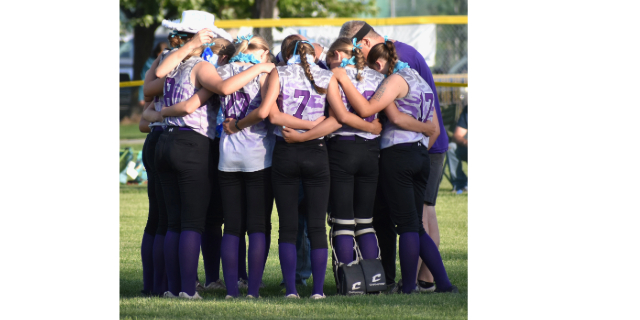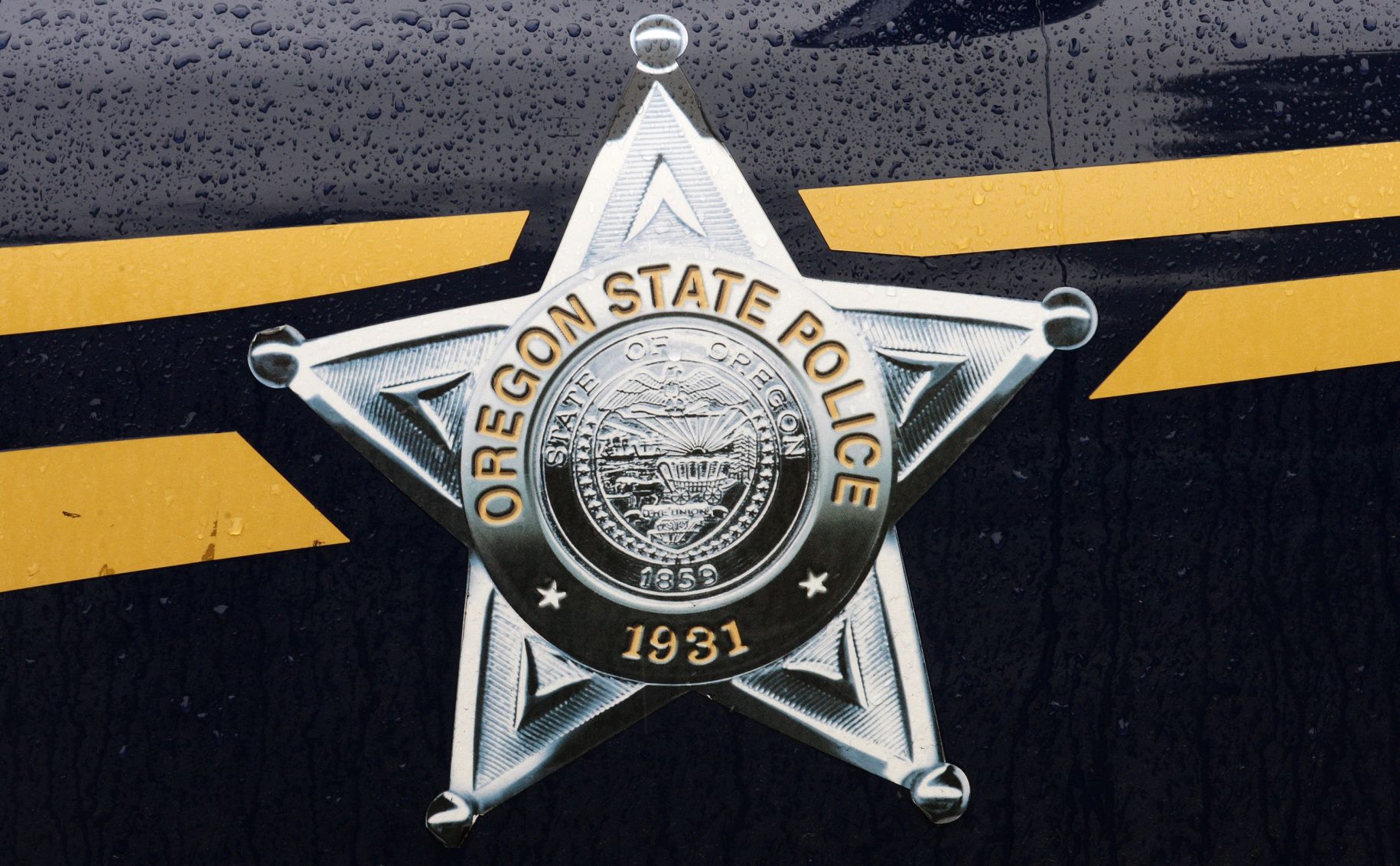Pickleball saviors: Four people help revive a fellow player after his heart stopped on June 4 in Baker City
Published 6:30 pm Friday, June 13, 2025


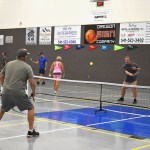
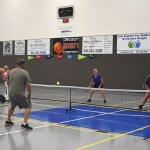
A few minutes after Hazen Marks lost a pickleball game to Bruce Robertson, he of the wicked spin shot, Marks felt Robertson’s heart stop.
“I had my hand on his back,” Marks said. “He was gone.”
But Robertson soon came back.
With Marks and three other pickleball players working together, aided considerably by an automated defibrillator, Robertson’s heart resumed beating.
Paramedics from Pioneer Ambulance and the Baker City Fire Department arrived about 10:15 a.m. on June 4 at the Family Life Center at the Baker City Church of the Nazarene, 1250 Hughes Lane.
Robertson was taken by ambulance to Saint Alphonsus Medical Center-Baker City, and then flown to St. Luke’s Hospital in Boise, where he had successful heart bypass surgery.
(The Baker City Herald is planning to interview Robertson for a follow up story.)
Lori Thompson of Haines, who joined Hazen Marks, his brother, Kelly Marks, and Walt Hawkins in reviving Robertson, said on Thursday, June 12, that Robertson, who lives near Baker City, had come through surgery “with flying colors.”
Baker City Fire Chief Michael Carlson is planning to have the quartet recognized during a future city council meeting.
Carlson said Robertson might not have survived but for the efforts of Robertson’s four fellow competitors, three of whom had CPR training.
“I highly doubt the outcome would have been the same,” Carlson said on Thursday.
Carlson said he will wait to schedule the ceremony until Robertson can attend.
The fire chief isn’t alone in anticipating Robertson’s recovery, though.
Hazen, too, is eager to have another chance to try to return Robertson’s spinning shots on the pickleball court.
“We still have a game to settle,” Hazen said, with a laugh to make it absolutely clear that what matters to him isn’t who wins, but that Robertson can rejoin the group of 20 or so who play pickleball Monday through Thursday mornings from 9 a.m. to 11 a.m.
“I’m just very relieved” that Robertson survived and is recovering, Hazen said.
And like his brother, Thompson and Hawkins, Hazen deflects credit from himself to the team.
“I’m very grateful that people are willing to help in a situation like that,” said Hazen, who with his brother grew up in Richland, about 41 miles east of Baker City. “I feel blessed to be part of this community.”
A normal day suddenly is something else
It was a typical day for the pickleball group, Thompson said.
Play a game on one of the three courts inside the Family Life Center, the multipurpose building across the parking lot from the Nazarene Church, then have a rest and wait for an open court.
Thompson was sitting on a bench, between games, when she heard someone shout “he’s down!”
“Things started from there,” she said.
Thompson, who worked as an EMT in Jerome, Idaho, for four years, rushed to where Robertson had fallen.
Kelly Marks had been sitting next to Robertson, who was talking with Marks’ dad.
Robertson collapsed, cutting his cheek as he fell face first.
Kelly, who has taken multiple CPR classes as a wildland firefighter with the Forest Service in Baker County and as a correctional officer with the state police in Alaska, reacted immediately.
He rolled Robertson onto his side, into what Kelly called the “recovery position.”
Hazen, who was sitting nearby, knelt behind Robertson, his hand on Robertson’s back to support him.
Hawkins, who had CPR training during his 29-year career with the Oregon State Police (he retired in 2004), was playing when he heard someone ask if anyone knew CPR.
“I headed right over,” Hawkins said.
When all four rescuers had gathered, Robertson was still breathing.
But then he stopped breathing.
Kelly rolled Robertson onto his back.
Hawkins and Hazen alternated with chest compressions.
Thompson said that although her work as an EMT was 20 years ago, she remembered her training.
“It’s kind of like riding a bike,” she said. “You never forget.”
She held Robertson’s head, trying to keep his airway open.
Someone had called 911.
The lifesaving device
The key juncture, all four rescuers agreed, was when Mike Whitford ran to the building’s entrance and returned with the AED — automated external defibrillator.
Whitford is the Marks’ brothers’ uncle.
Kelly said he arranged to have the pickleball players meet at the Family Life Center after their former venue, the gym that the Catholic church owns next to St. Francis de Sales Cathedral, closed.
An AED is a portable device that can administer an electric shock to restart a person’s heart.
But it can do a lot more than that, said Kelly, the one member of the group who had training in using the device.
The AED, unlike the pair of electric paddles that paramedics and doctors use to revive a person after cardiac arrest and that are familiar to anyone who watches medical dramas on TV, is designed to be deployed by people with no training.
The AED includes a pair of pads that are placed on the patient’s chest.
Although the device includes instructions on where to place the pads, Hazen said he was glad his brother, who has trained with an AED, was there.
Hazen said he glanced at the instructions, but in the hectic moments after Robertson’s heart stopped, “I just saw a jumble of words.”
“Thank goodness (Kelly) was there and knew how to use the AED,” Hazen said.
Kelly said that although he had never actually used an AED, he quickly laid the pads on Robertson’s chest.
From there, he said, the AED literally tells the user what to do next, via recorded instructions.
“Once you have it on the skin, it’s very user-friendly,” Kelly said.
While Hazen was doing chest compressions — the AED pads include a marker showing where to place your hands on the patient’s sternum — the device told him to push harder.
Then the AED instructed the group to cease CPR.
The device, which monitors the patient’s pulse and heart rhythm, determined that an electric shock was needed.
The AED delivered the shock.
Robertson’s heart began to beat.
The device called for more chest compressions.
Hazen had just resumed CPR when Robertson cried out: “ouch!”
The paramedics arrived soon after.
Thompson said the foursome probably worked on Robertson for five to eight minutes.
“But of course it felt like forever at the time,” she said.
Hoping for good news
No more pickleball was played that day.
Thompson said the players gathered in a circle and said a prayer for Robertson.
Knowing that Robertson was alive when he left in the ambulance, they could only wait.
They learned later, through texts shared with the players, that Robertson was able to talk with doctors, and sit upright, while in the Baker City hospital.
Thompson said Robertson later wrote “a nice text to all of us.”
Hawkins said Robertson called him to say thank you.
“It’s a good feeling,” Hawkins said.
Kelly said he was gratified to hear that Robertson had not only survived, but that his surgery was successful and his recovery underway.
“I’m glad to hear he’s doing well,” Kelly said on Thursday, June 12.
All four rescuers credit their teamwork, and the AED, for reviving Robertson.
“It was a group effort by all means,” Kelly said. “I was just really, really impressed with the group and their willingness to help.”
Thompson agreed.
“It was a group effort,” she said.
Kelly said he was gratified, too, that he had training in CPR.
“I’m just really glad I had the training I did, that I could fall back on,” he said.
All four endorse the AED with enthusiasm.
“I can’t say enough wonderful things about that AED,” Hawkins said. “It’s a remarkable tool.”
Thompson said that CPR alone, without the ability to shock Robertson’s heart, might not have saved his life.
Recognizing the rescuers
Carlson, who started as Baker City’s fire chief April 1, said the lifesaving efforts of the four pickleball players illustrate both the importance of CPR training and having an AED available.
He encourages everyone to take a CPR class.
“You don’t know when you’re going to need it,” he said.
As for AEDs, Carlson “highly recommends” that one be placed in every business.
Oregon law requires at least one AED be available in any “place of public assembly” that consists of a single building with at least 50,000 square feet of indoor space and where:
• “The public congregates for purposes such as deliberation, shopping, entertainment, amusement or awaiting transportation.”
• “Business activities are conducted.”
• “At least 50 individuals congregate on a normal business day.”
The law also requires AEDs in all community colleges and public universities, including at least one device in each “place of public assembly” that meets the above definitions.
The law also requires AEDs in health clubs, regardless of square footage, if the business has at 50 more people, including patrons and employees, on a regular business day.
Carlson also urges business owners and others to place AEDs in “a very conspicuous spot” to ensure that when it’s needed — inevitably a hectic situation — the device can be found quickly.
Carlson believes it’s important for the city to recognize the efforts of the four pickleball players to save Robertson.
“I know they didn’t wake up that morning saying I’m going to save someone’s life,” Carlson said. “To me it’s vital to recognize community members when they do great things.”


